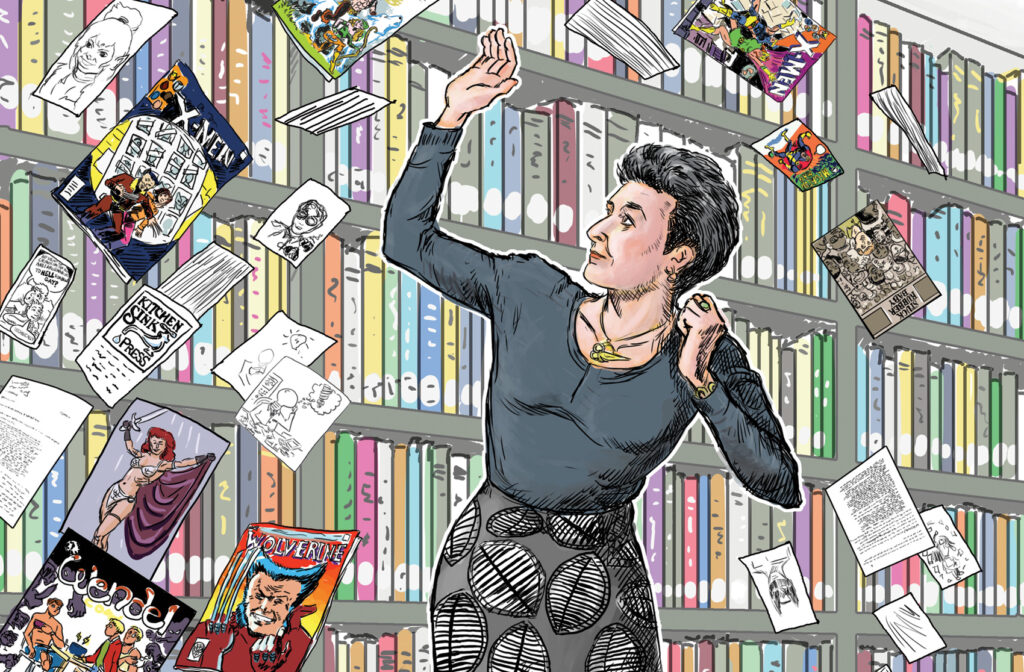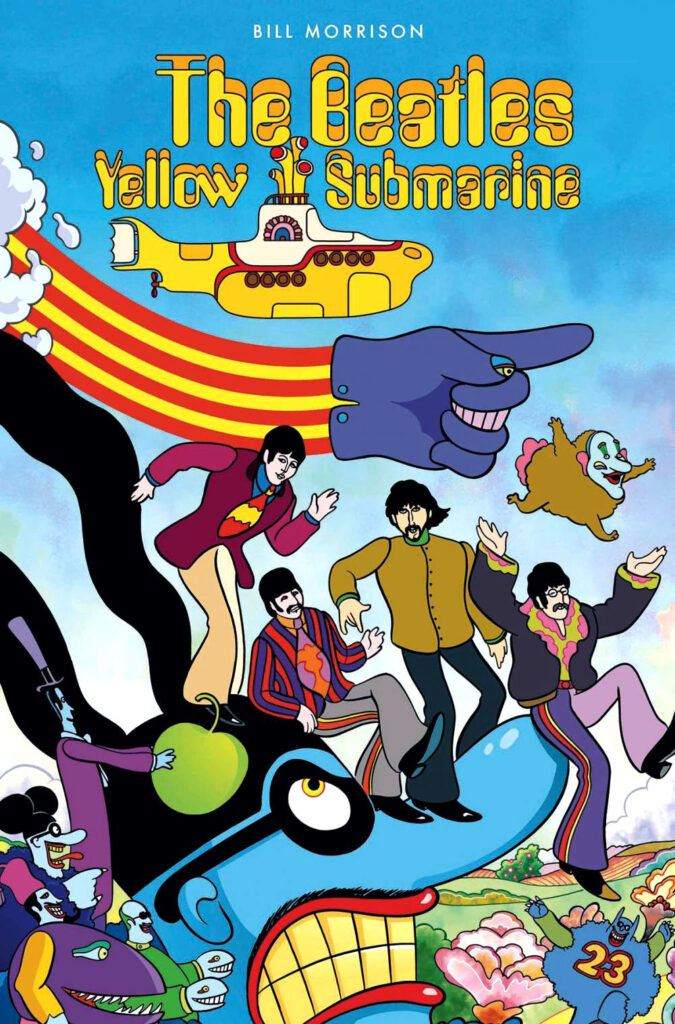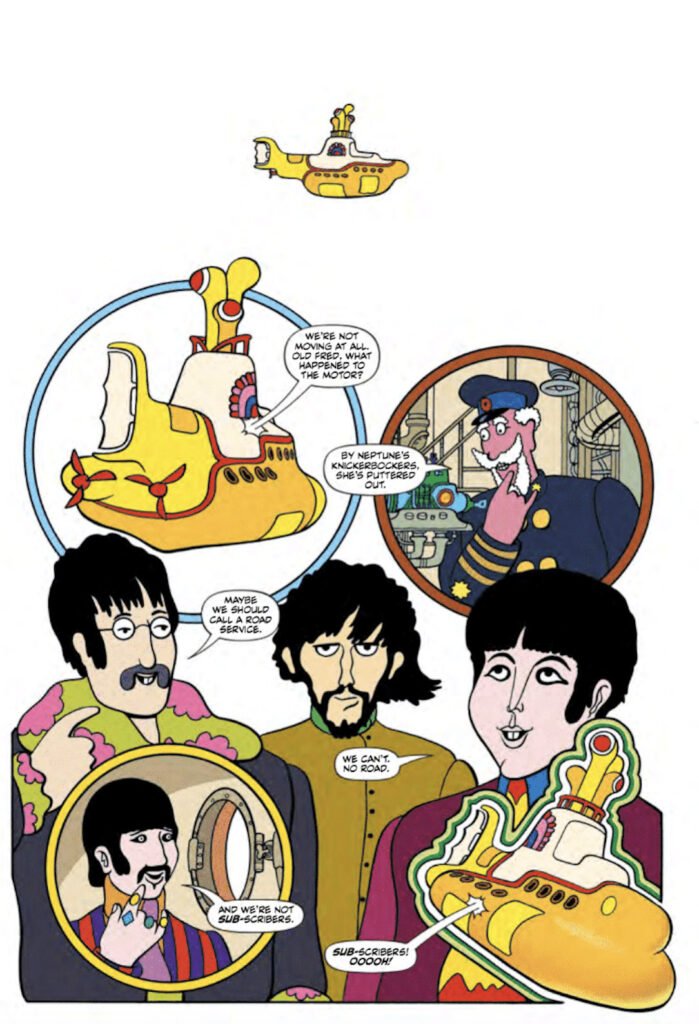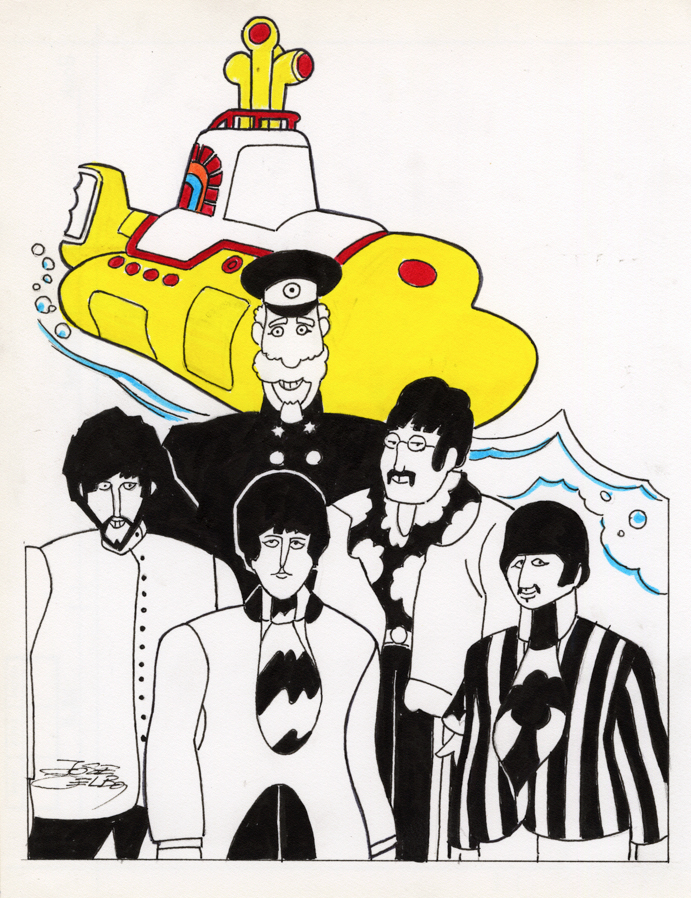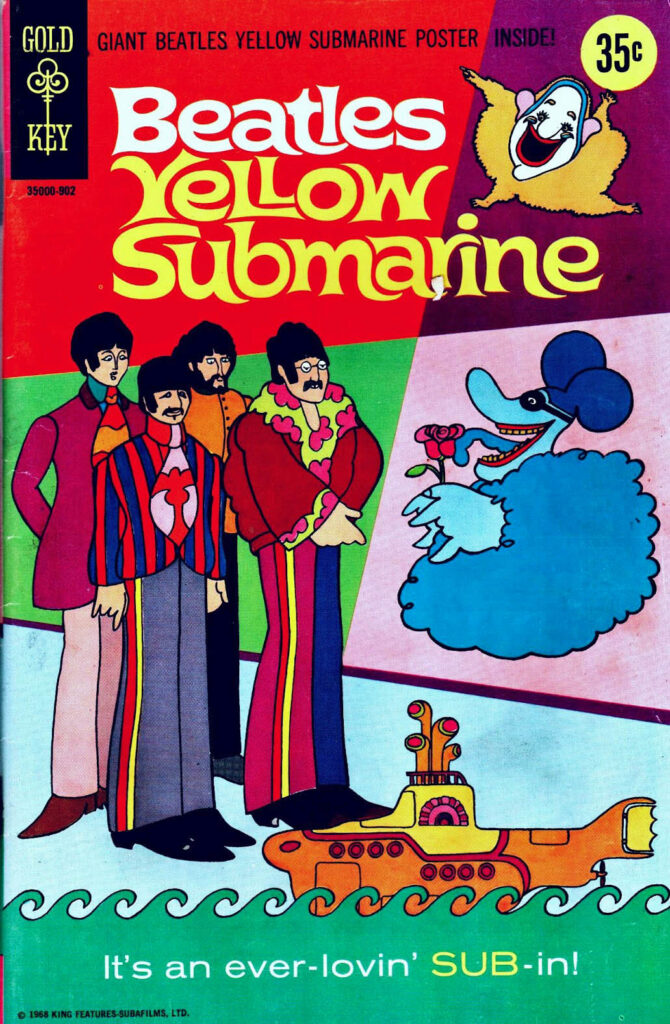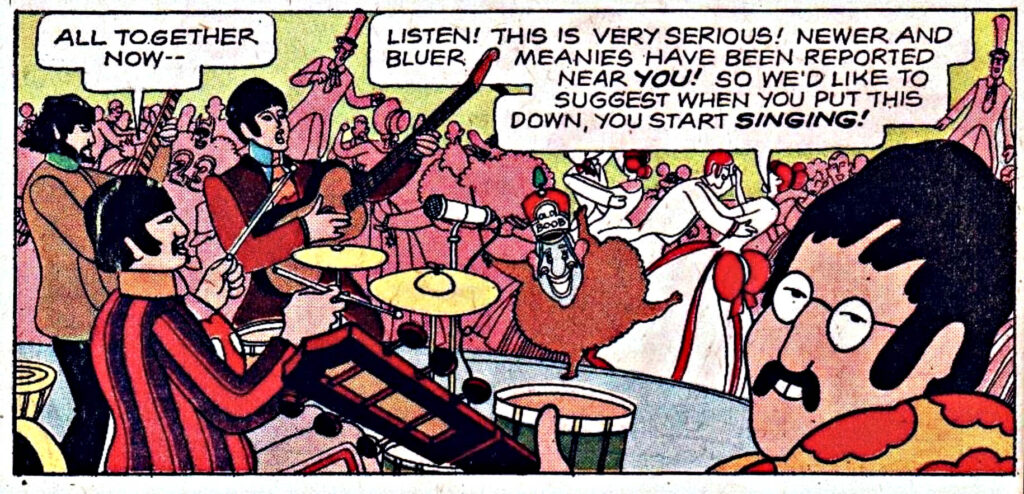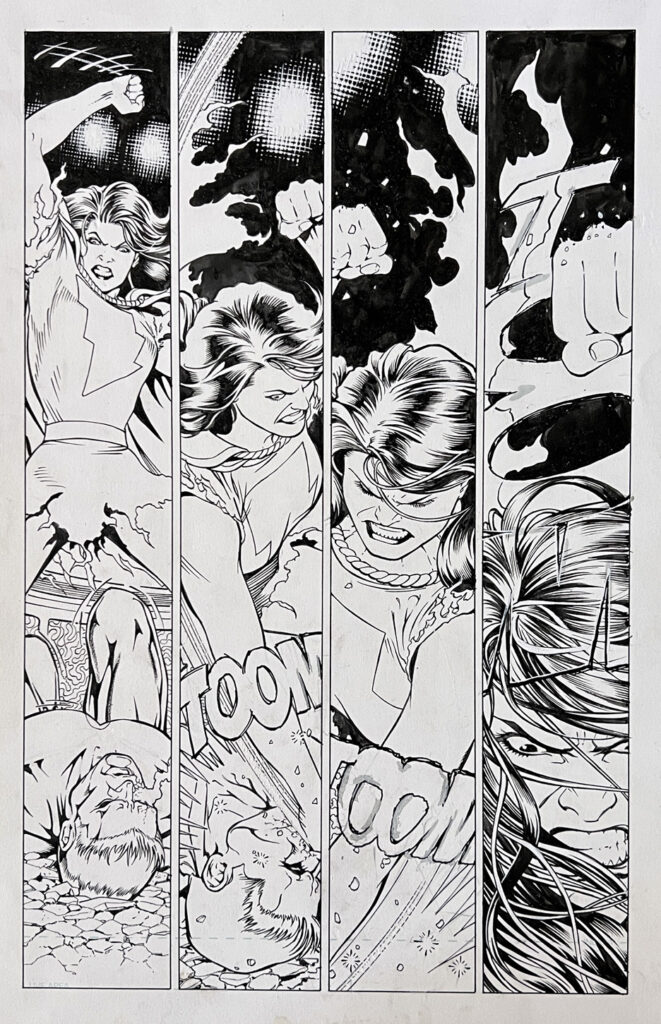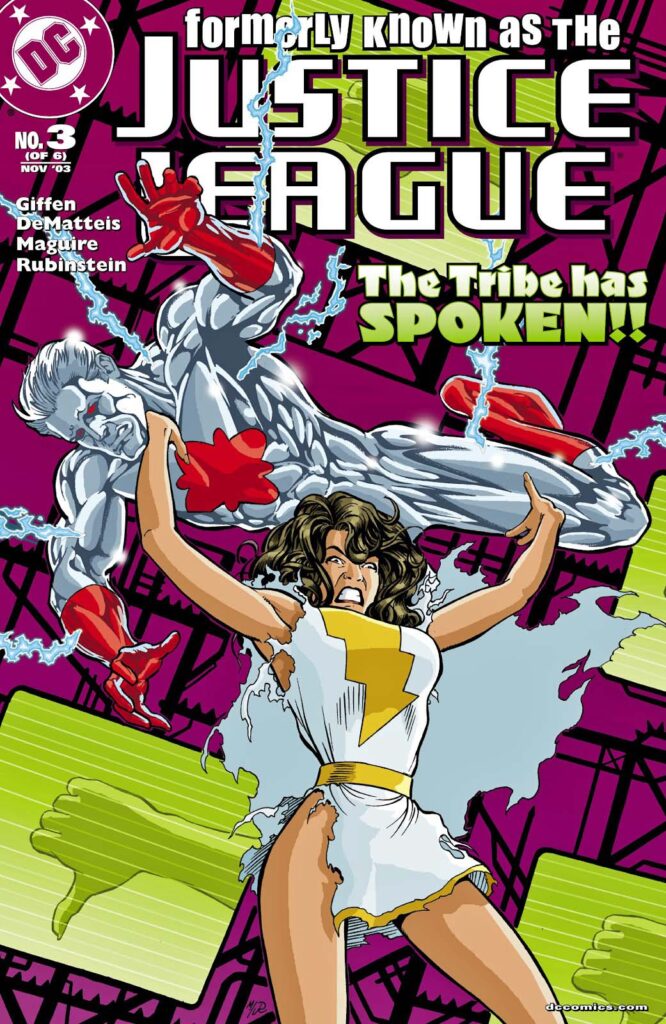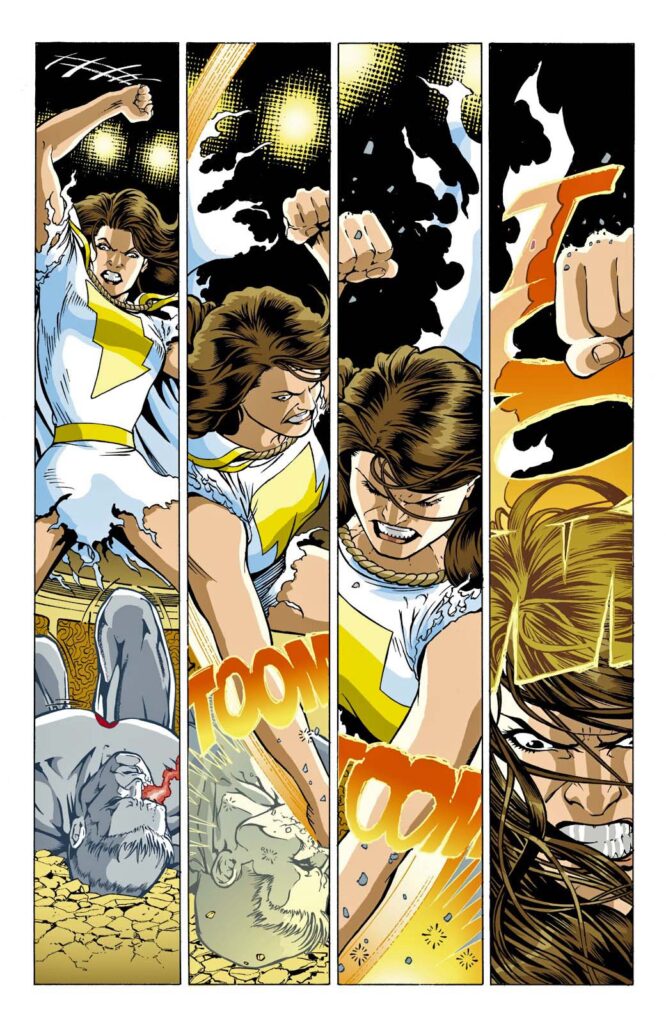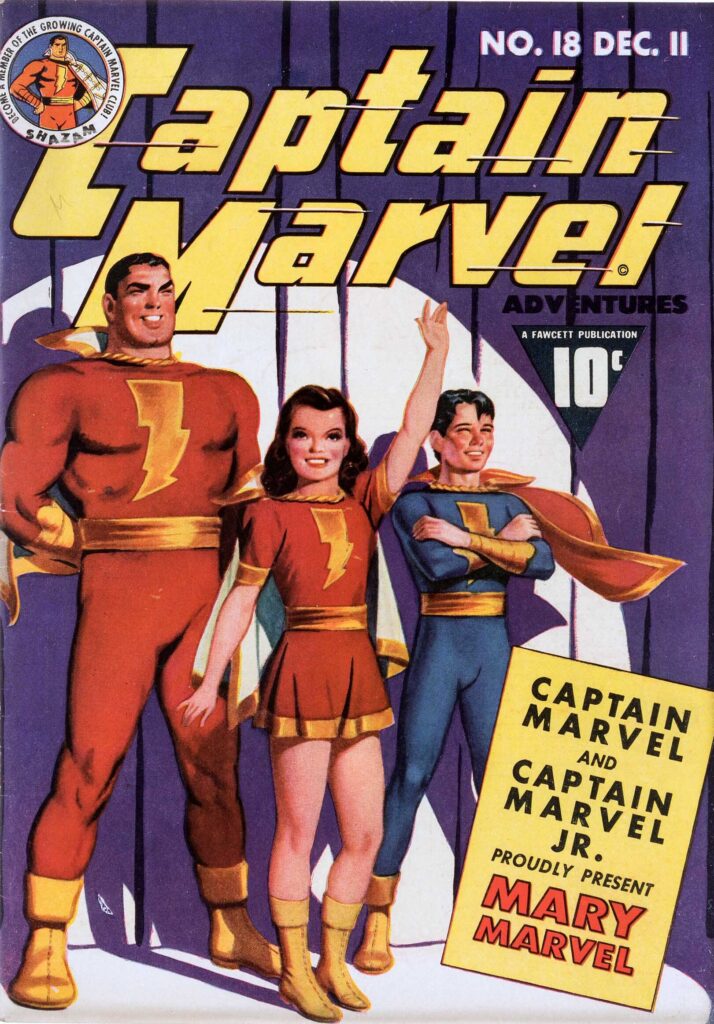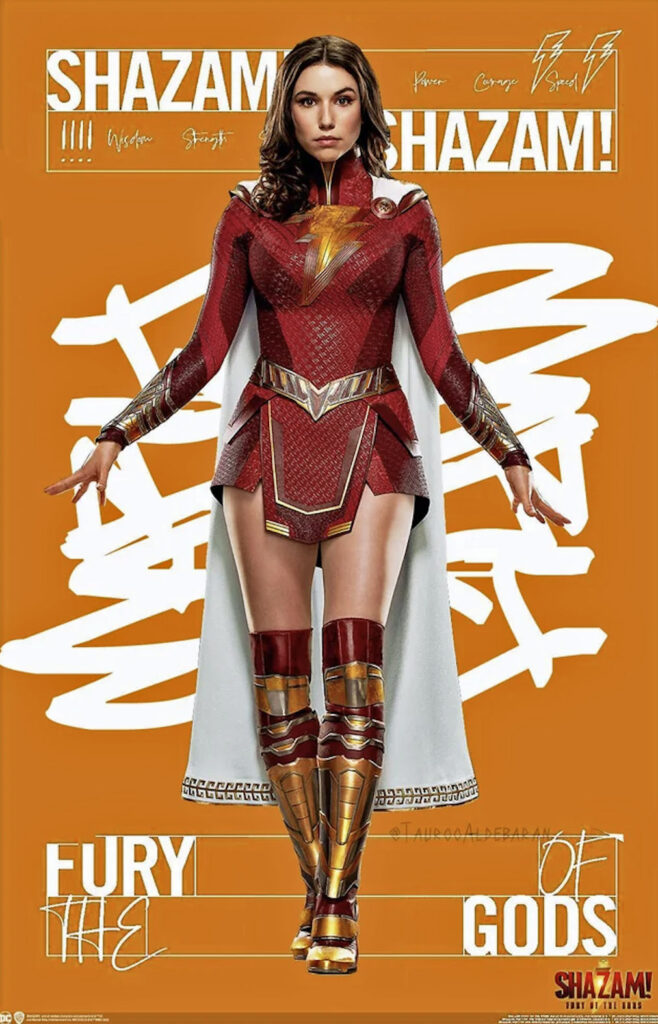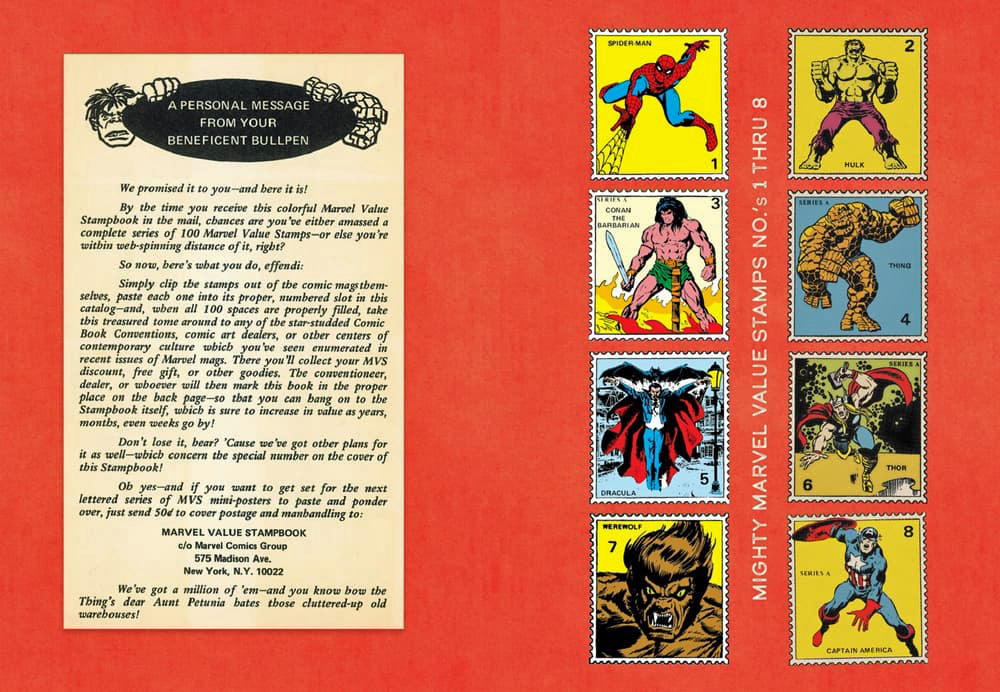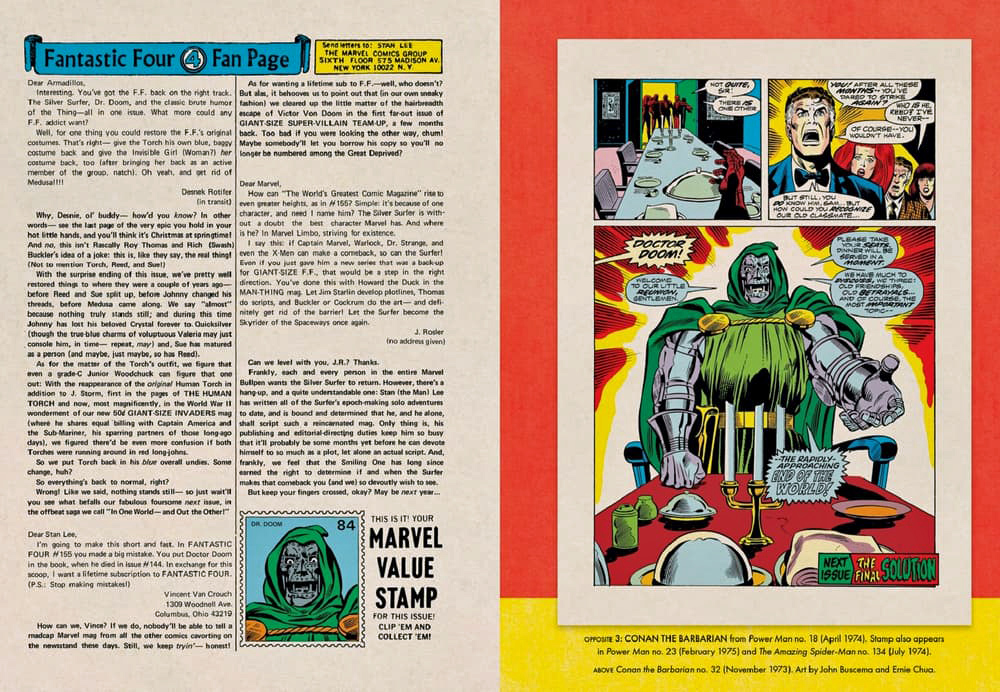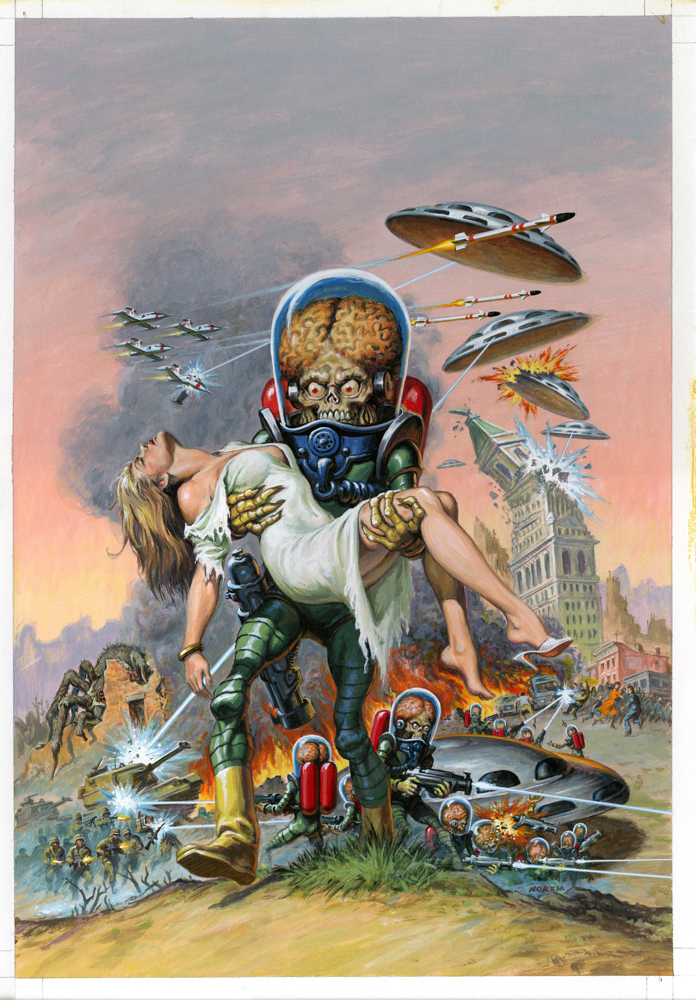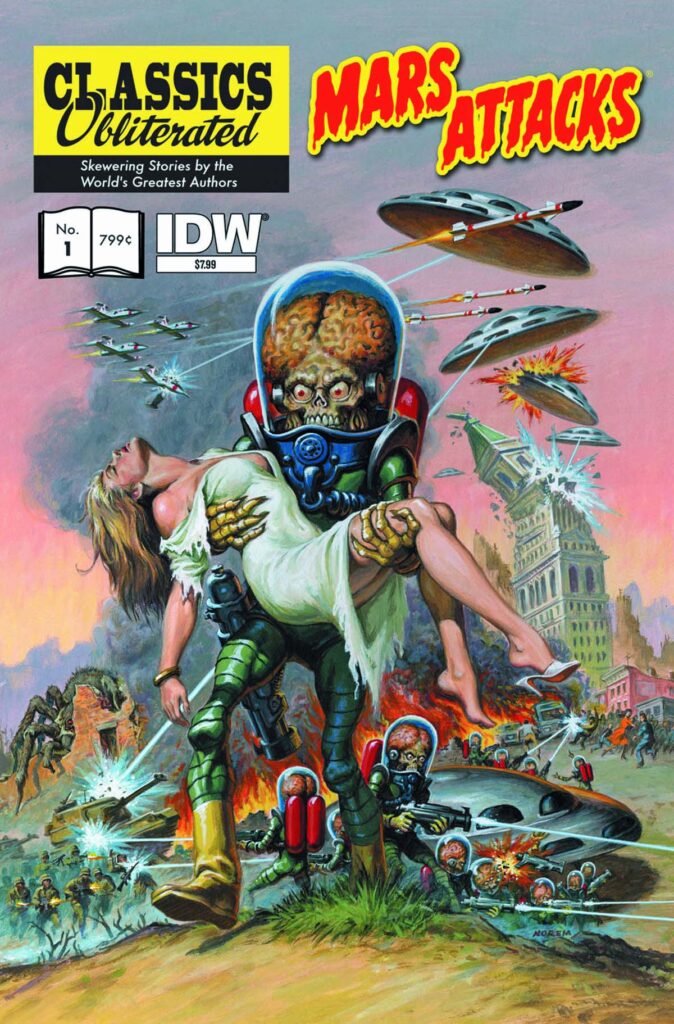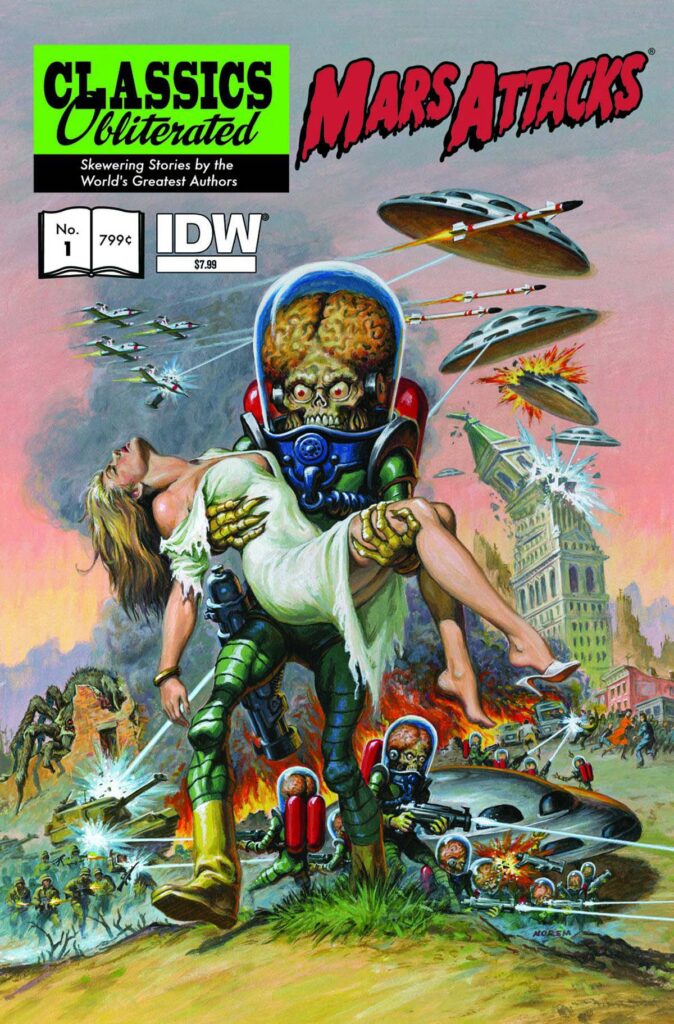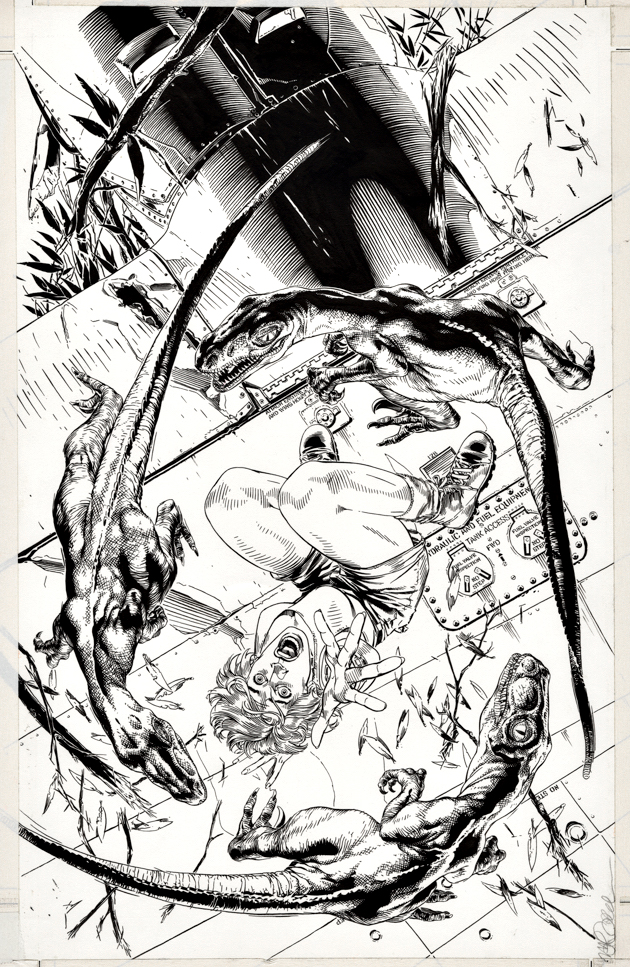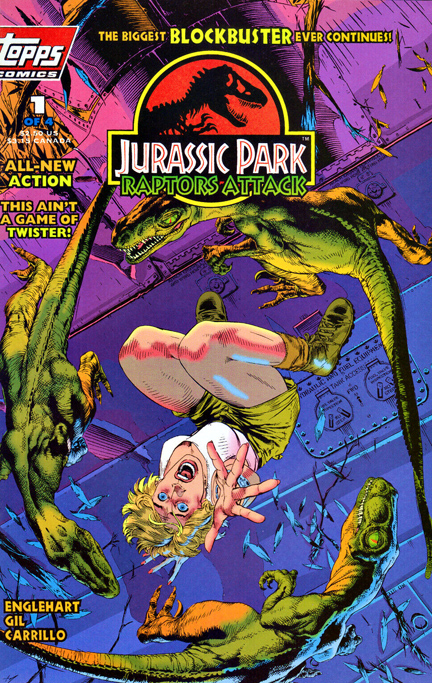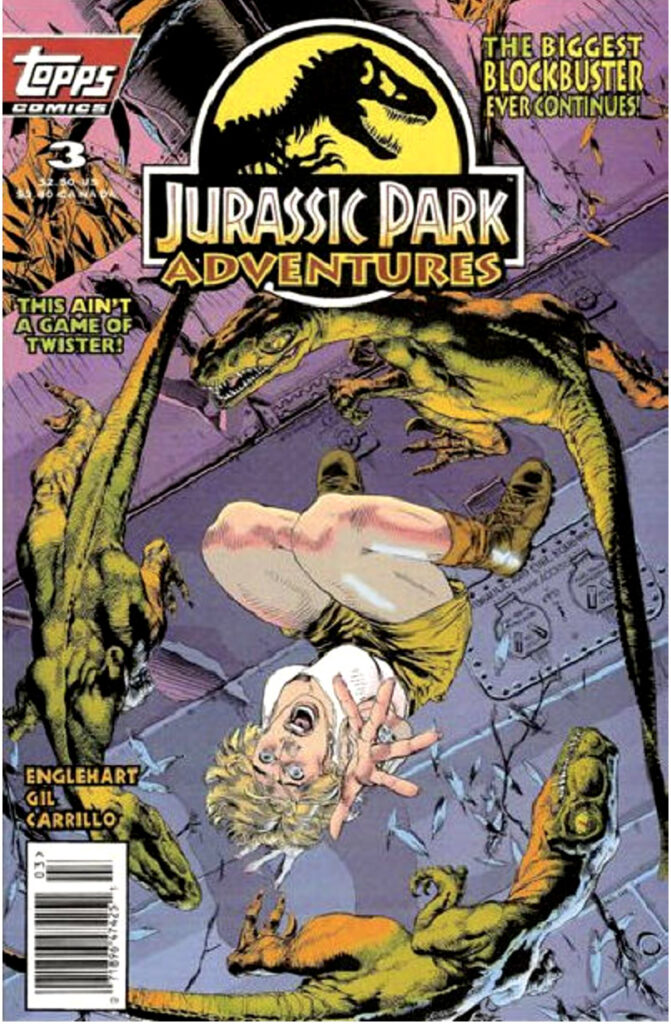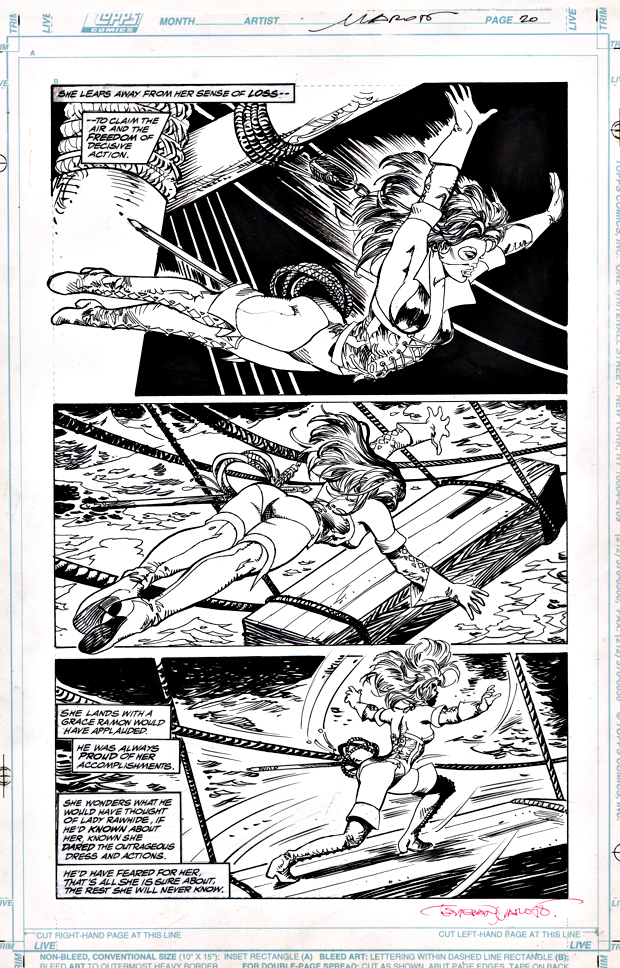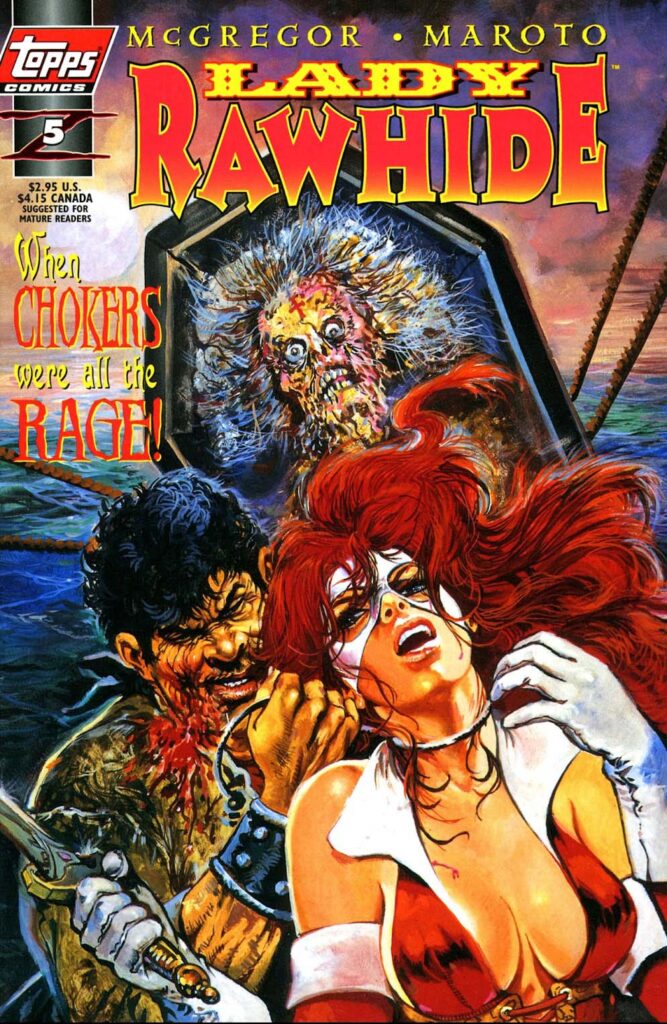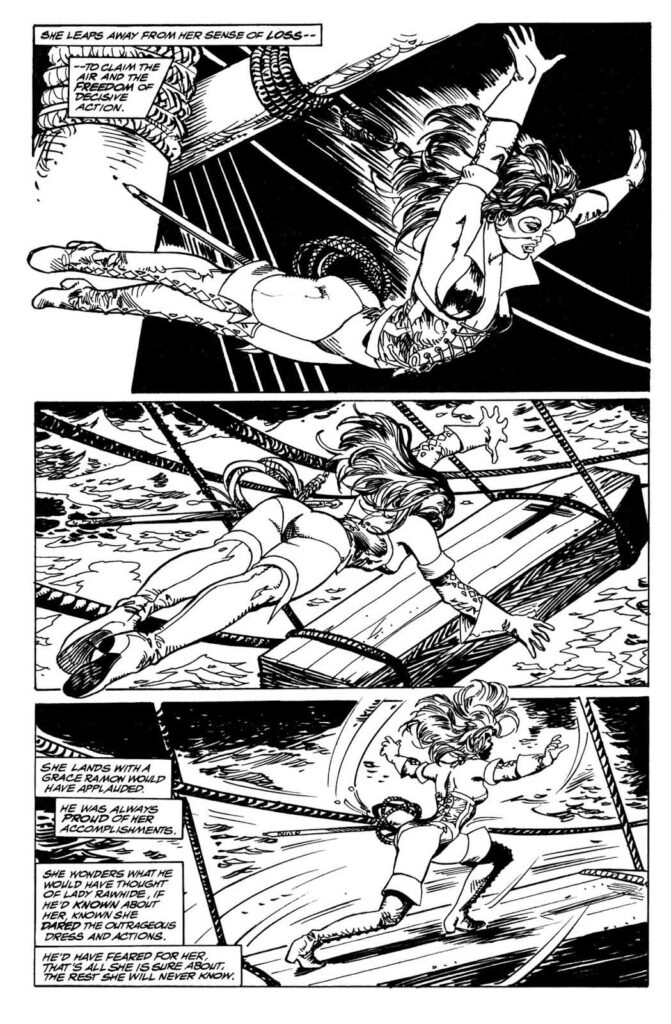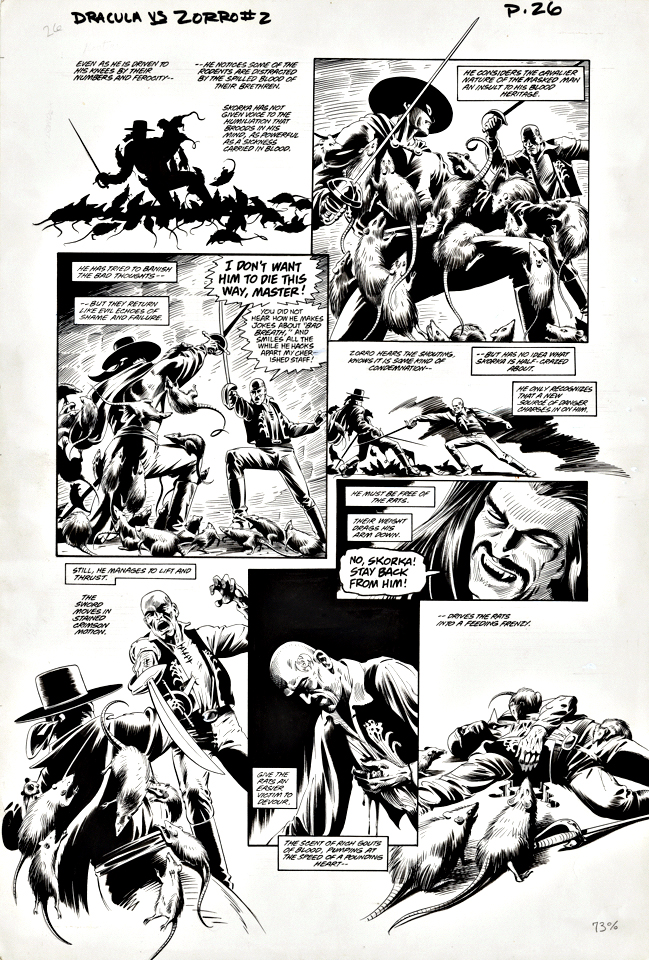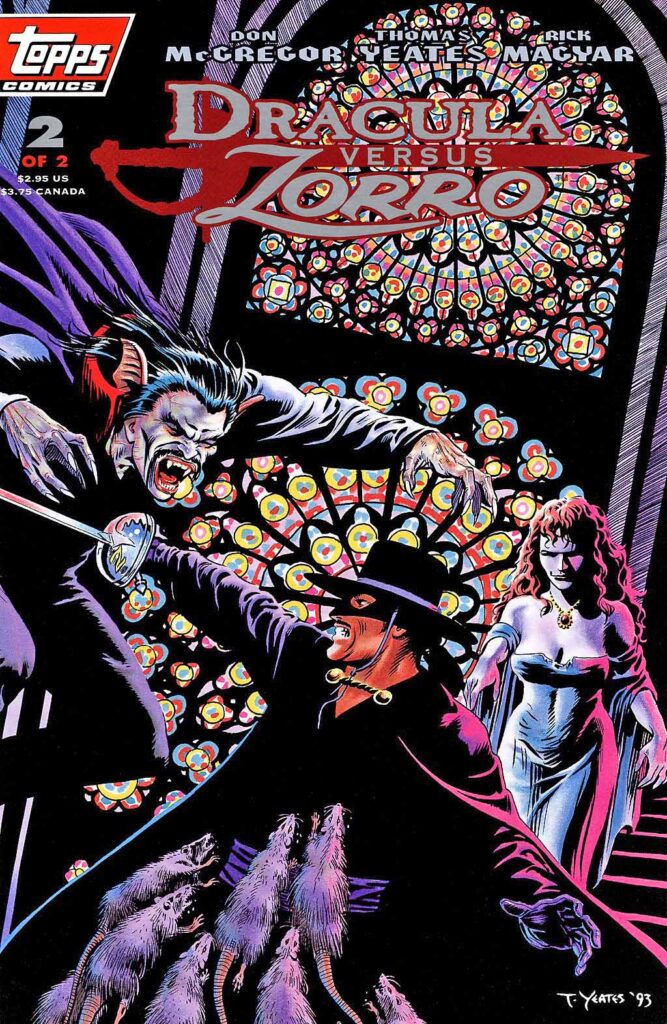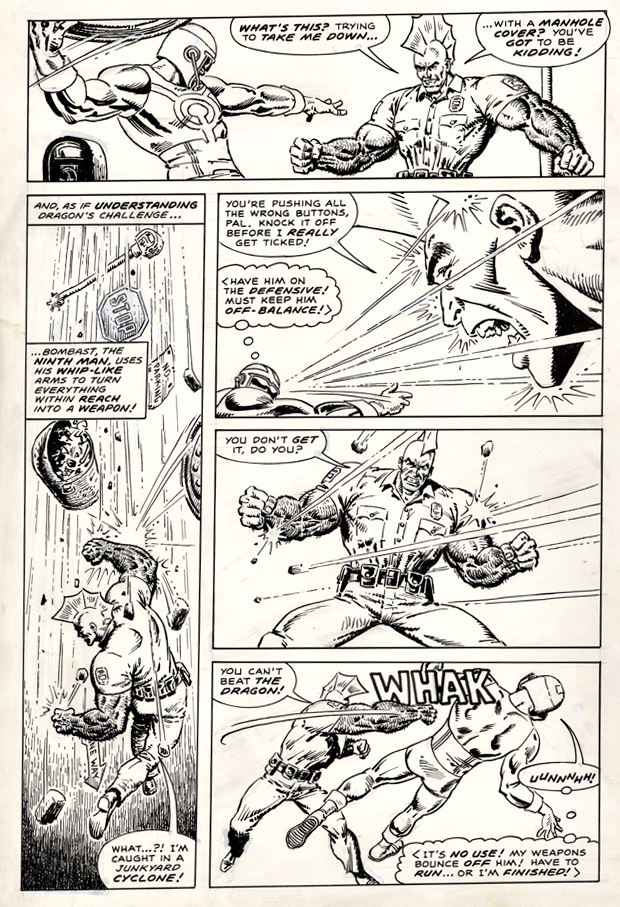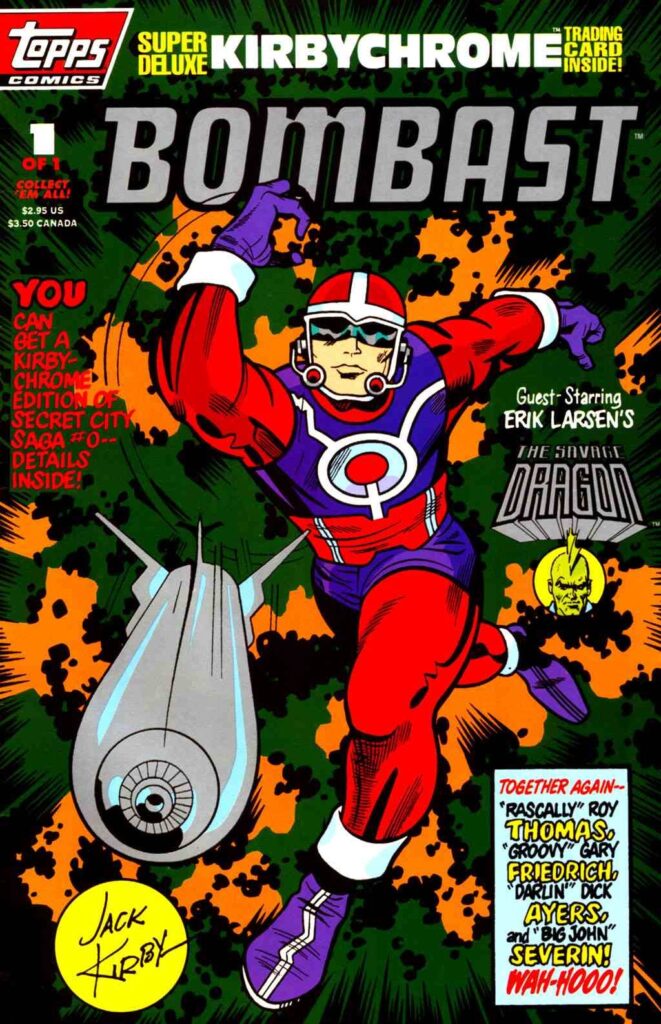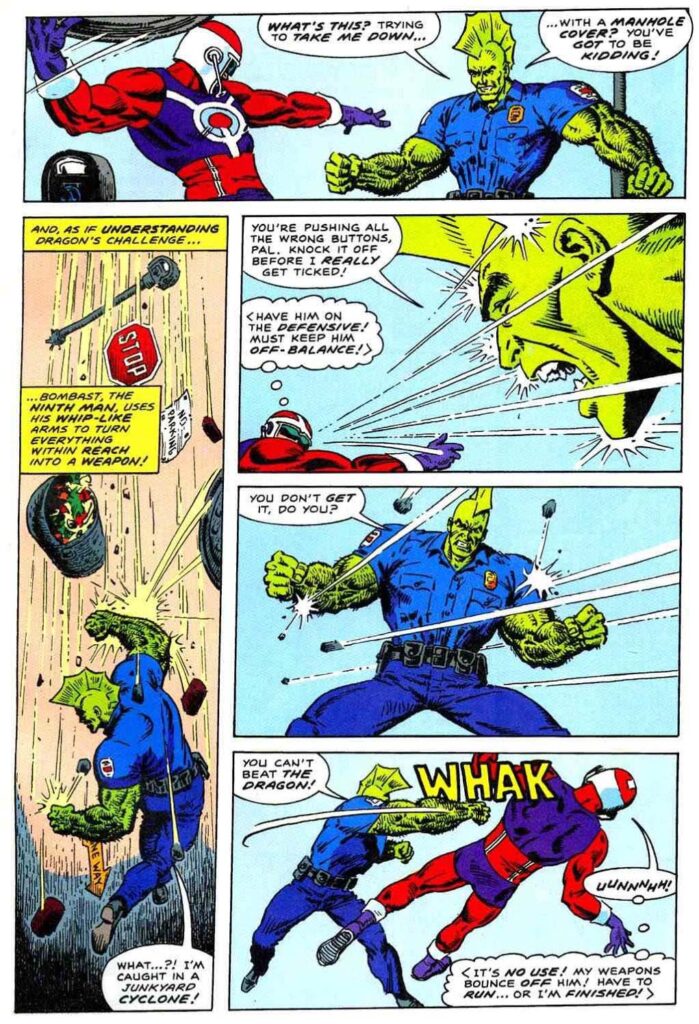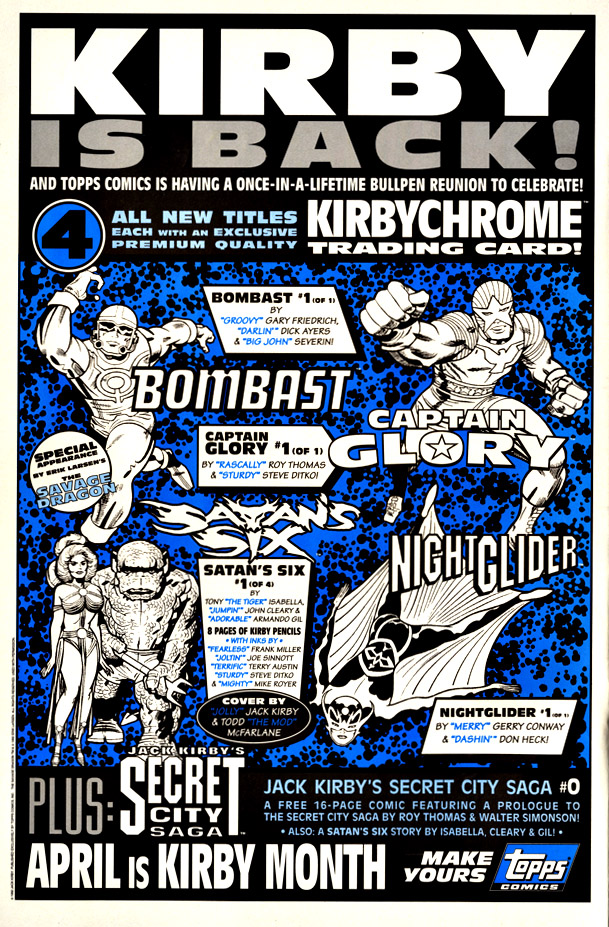The Art Of The Library
Columbia University, April 2023

Happiness is a terrific graphic novel library.
Pictured is just one tiny part of the incredible collection at Columbia University curated by my pal, Karen Green, part librarian, part force of nature. From three books a few years ago — to three full rooms(!) of some of the best material published in the medium thanks to her tireless efforts. (Not to mention the acquisitions of personal papers and ephemera from some of the best-known names in the industry.)
Here we can see some of the shelves dedicated to the oversized material, including many of the original art “Artist Editions” titles I was fortunate enough to publish during the halcyon days at IDW Publishing. These of course were edited and curated by another pal, editor par excellence Scott Dunbier.
I cannot tell you how pleased I was to see the scope of this collection at my Alma Mater.
(Illustration of Karen below from Columbia Magazine by Nick Sousanis)
